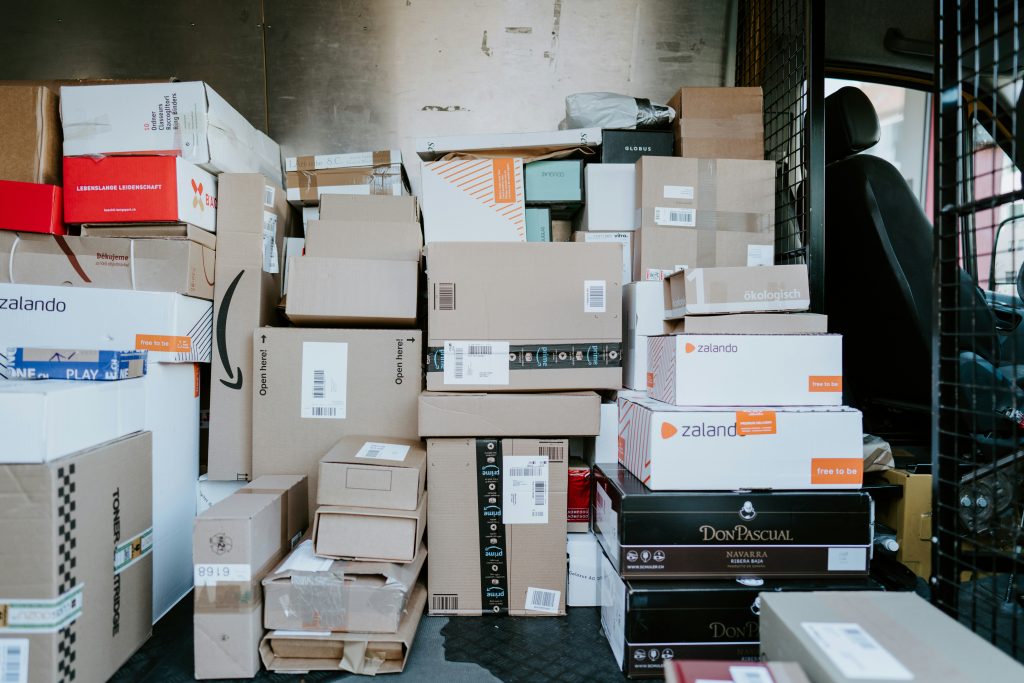Amazon Dropshipping 101: A Beginner’s Guide

Dropshipping is an attractive business model for many aspiring entrepreneurs due to its low startup costs and the ability to manage the business from anywhere. This guide provides a thorough understanding of dropshipping on Amazon, from the basics to advanced strategies, ensuring you are well-equipped to succeed in this competitive marketplace.
What is Dropshipping?
Dropshipping is a retail fulfillment method where a store does not keep the products it sells in stock. Instead, when a store sells a product, it purchases the item from a third party and has it shipped directly to the customer. As a result, the seller never sees or handles the product.
The primary benefits of dropshipping include lower capital requirements, reduced risk, and increased flexibility.
How Does Dropshipping on Amazon Work?
Amazon dropshipping follows the same principles as general dropshipping but operates within the framework of Amazon’s marketplace. Here’s a step-by-step breakdown:
- Creating an Amazon Seller Account: To start dropshipping on Amazon, you need to set up a seller account. Amazon offers two types of accounts: Individual and Professional. The Individual plan is pay-per-sale, while the Professional plan charges a monthly subscription fee but offers more features.
- Sourcing Products: Find suppliers who offer dropshipping services. These could be manufacturers, wholesalers, or other retailers. It’s crucial to establish reliable relationships with suppliers to ensure product quality and timely shipping.
- Listing Products on Amazon: Once you have sourced products, list them on Amazon. Check out our simple guide for optimizing your Amazon listings to ensure your listings are equipped with high-quality images, detailed descriptions, and competitive pricing.
- Forwarding Customer Purchases: When a customer purchases a product from your Amazon store, you forward the order details to your supplier.
- Shipping the Product: The supplier packages and ships the product directly to the customer.
Benefits of Amazon Dropshipping:
- Low Startup Costs: Since you don’t need to invest in inventory upfront, dropshipping requires minimal initial capital.
- Scalability: You can quickly scale your business by adding more products and reaching a broader audience without significant investment in inventory.
- Flexibility: The business model allows you to work from anywhere with an internet connection, providing a high degree of location and time flexibility.
- Wide Market Access: Amazon’s vast customer base provides access to millions of potential buyers worldwide.
Challenges of Amazon Dropshipping:
- Competition: The low barrier to entry means there is high competition, which can lead to price wars and thin profit margins. To make browsing for potential products for dropshipping easier, Amazon sellers can take advantage of Webotee’s advanced Amazon product search tool, which allows you to sort the products by price, the number of sales, etc, revealing potential best sellers in your niche.
- Supplier Reliability: Your business is highly dependent on your suppliers. Any delay or issue on their end can impact your reputation and customer satisfaction.
- Amazon Policies: Amazon has strict policies regarding dropshipping. Violating these policies can lead to account suspension or bans. It’s essential to stay compliant with their rules.
Amazon’s Dropshipping Policy
Amazon allows dropshipping but with specific conditions:
- You must be the seller of record of your products. (You are the person recognized as selling the product to the final consumer. You determine the price, log the purchase as revenue, and take on the responsibility for the sales tax on the sale. Even if a third party handles stocking and shipping the items, you are considered the seller of record because you own the products before they are shipped to the customer.)
- You must identify yourself as the seller on all packing slips, invoices, external packaging, and other information included or provided in connection with them.
- You are responsible for accepting and processing customer returns of your products, as well as dealing with the manufacturer’s customer support.
- You must comply with all other terms of your seller agreement and Amazon’s policies.
Violating these policies can lead to severe consequences, including account suspension. Therefore, it’s crucial to ensure your dropshipping practices are fully compliant with Amazon’s requirements.
In addition, as a dropshipping business, you need to be aware of the tax implications:
- Sales Tax: You may be required to collect sales tax based on the state laws where your customers reside.
- Income Tax: Report your dropshipping income and expenses on your tax returns. It’s advisable to consult with a tax professional to ensure compliance with all tax obligations.
Finding Reliable Suppliers for Dropshipping
The success of your dropshipping business heavily depends on your suppliers. Here are some tips to find reliable suppliers:
- Research: Use popular online directories like Alibaba, SaleHoo, and Worldwide Brands to find potential suppliers.
- Verify Legitimacy: Ensure the supplier is legitimate by checking their business licenses, reviews, and testimonials.
- Sample Orders: Place sample orders to assess the quality of products and the reliability of the supplier.
In conclusion, Amazon dropshipping offers an accessible entry point into e-commerce with low startup costs and flexibility. Careful planning, continuous optimization, and a focus on customer satisfaction are key to thriving in business models such as dropshipping.



